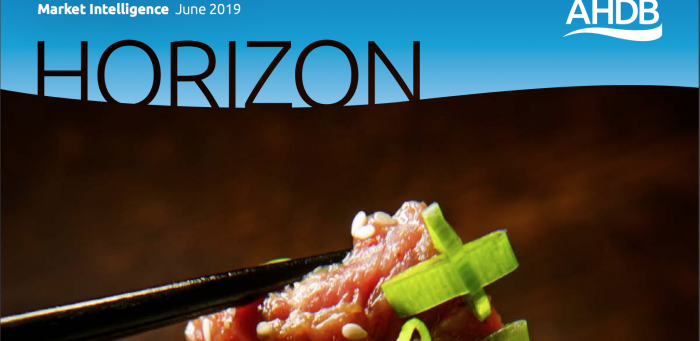AHDB is confident that more pork processing plants will be approved to export to China by the end of this year.
The Asian market has been a lucrative one for the UK pork sector in recent years and even more so now in light of the African swine fever outbreak that has seen a surge in import demand that is set to continue for the foreseeable future.
However, opportunities for UK exports, particularly to China, have been hampered to a degree by a lack of approvals for a number of key plants. Tulip agriculture director Andrew Saunders said recently that only 50% of processors have China export licenses.
However, this might be about to change, according to AHDB’s head of Asian exports, Jonathan Eckley.
Last week, a group of Chinese officials visited some UK beef plants with a view to granting licenses. There is due to be a pork plant inspection visit in the autumn.
“Last week’s visit was an exciting development. It came earlier than anticipated – the demand for protein in China is very evident at the moment,” Mr Eckley said.
“We will see how things move on the pork inspections. I am very optimistic on additional pork approvals as the year goes on – we’ll get there soon.”
Mr Eckley was speaking at the launch of a new AHDB document Horizon documents focusing on consumer needs in Asian markets.
It sets out how Asia’s 4.5 billion people represent roughly half the world’s population, with population growth, urbanisation and increased affluence offering further opportunities. A growing appetite for red meat, dairy and potatoes means there’s an abundance of opportunities for our processors and producers, AHDB said.
The document stresses how important food safety is to Asian consumers, an area where UK exports have earned a good reputation. Product quality is also critical.
The report includes a mix of regional facts, an overview of where the UK currently has market access and future sales growth forecasts for meat, dairy and potatoes. It picks out key consumer trends and highlights popular dishes and shopping habits alongside top tips for exporting to Asia.
You can view the document here
It notes that pork is the most widely consumed meat in Asia and demand is expected to continue rising, especially in Vietnam.
AHSB consumer insight manager and co-author Steven Evans said: “Whether it’s pork to China, beef to Singapore or dairy to Japan, this new report gives exporters the information they need to reap the rewards of overseas trade.
“Asia is a vast and diverse region, offering a multitude of opportunities for dairy, meat and potato producers, manufacturers and exporters. Understanding our consumers in these far-flung corners of the world is imperative to make the most of these opportunities.”
Mr Eckley said the Asia’s ASF outbreak, which could see a 20% drop in productivity this year in China plus significant impacts in neighbouring countries, is likely to result in increaded export demand. While the ‘jury remains out’ on the impact, he predicted it would be increasingly felt in the second half of this year, as China makes its way through reserve stocks.
“That market in Asia can really complement our home market with cuts that have low residual value here. We’ll do what we can and help our exporters maximise that. One of the biggest issues in the Asia markets is the importance of food safety, so it’s vital we maintain our high standards across the supply chain,” he said.
He said the export strategy was looking to maximise the value of specific cuts in different markets. That has included selling pork bellies to Australia and strong growth in high welfare exports targeting ‘discerning’ consumers in the US.
Depending on how Brexit turns out, focusing on these third country markets could become increasingly important in the future.




